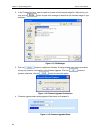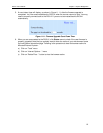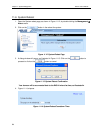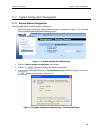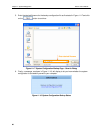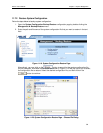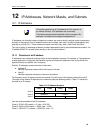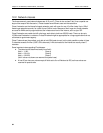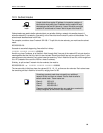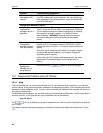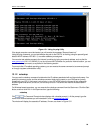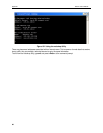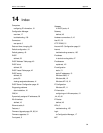
Chapter 12. IP Addresses, Network Masks, and Subnets RX3141 User’s Manual
84
12.2 Network classes
The three commonly used network classes are A, B, and C. (There is also a class D but it has a special use
beyond the scope of this discussion.) These classes have different uses and characteristics.
Class A networks are the Internet's largest networks, each with room for over 16 million hosts. Up to 126 of
these huge networks can exist, for a total of over 2 billion hosts. Because of their huge size, these networks
are used for WANs and by organizations at the infrastructure level of the Internet, such as your ISP.
Class B networks are smaller but still quite large, each able to hold over 65,000 hosts. There can be up to
16,384 class B networks in existence. A class B network might be appropriate for a large organization such as
a business or government agency.
Class C networks are the smallest, only able to hold 254 hosts at most, but the total possible number of class
C networks exceeds 2 million (2,097,152 to be exact). LANs connected to the Internet are usually class C
networks.
Some important notes regarding IP addresses:
f The class can be determined easily from field1:
field1 = 1-126: Class A
field1 = 128-191: Class B
field1 = 192-223: Class C
(field1 values not shown are reserved for special uses)
f A host ID can have any value except all fields set to 0 or all fields set to 255, as those values are
reserved for special uses.



